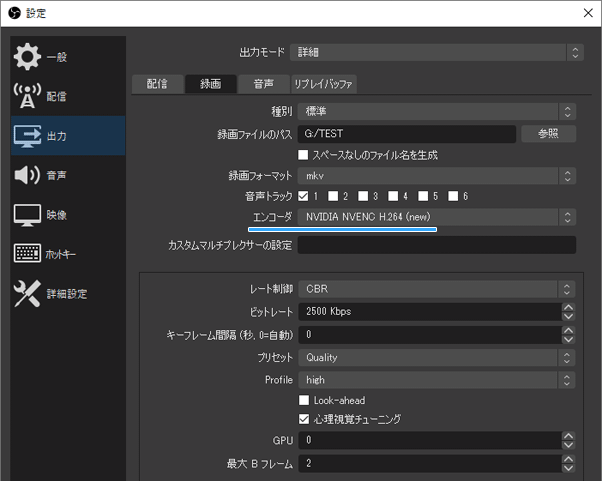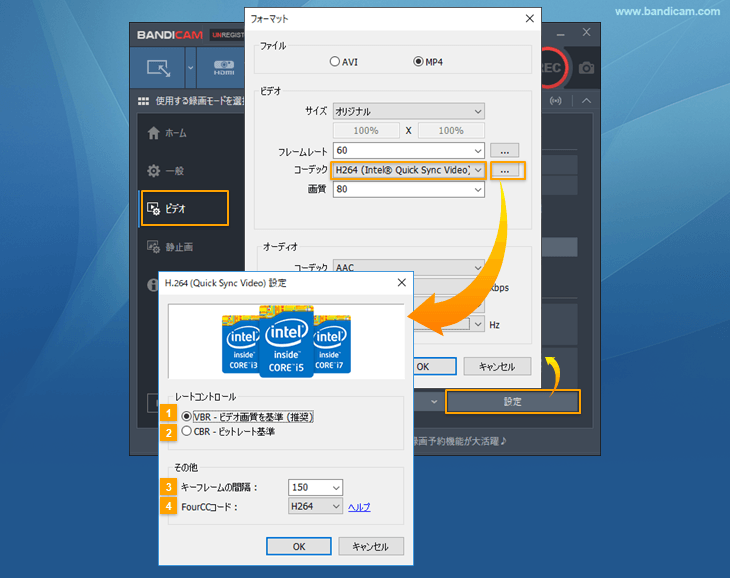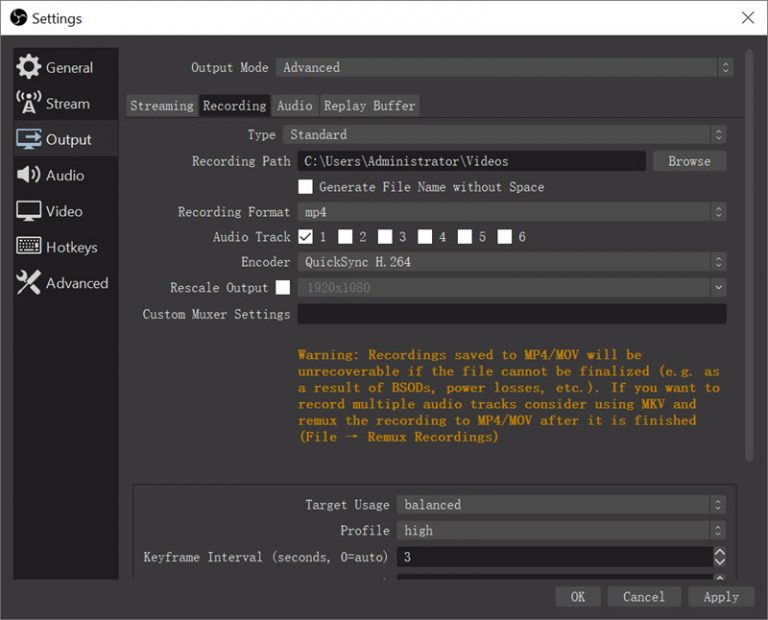

As with all AWS instances, pricing varies widely based on commitment level, with the Linux spot price at $1.14 per hour when we tested. AWS G3 instances include NVIDIA Tesla M60 GPUs that are used during the hardware encode. We tested the NVIDIA H.264 encoder using a G3.4xlarge AWS workstation set up for us by engineers at Softvelum, who have significant experience with NVIDIA-based transcoding to support video producers using its Nimble Streamer cloud transcoder. Multiple NVIDIA GPUs contain one or more hardware-based encoders or decoders, which are separate from the CUDA cores, freeing both the graphics engine and CPU for other tasks. However, recommends test clips no more than 20 seconds long, so for these tests, we excerpted the first 20 seconds of each clip and tested those.

Ordinarily, you would perform objective and subjective tests using the same clips. NGCodec suggested subjective testing later in the process after the first round of encodings and objective testing was completed.

These included segments from Netflix’s Meridian and Harmonic’s Football test clips, plus the GTAV test clip (2x the 1-minute clip) and a 2-minute compilation of Netflix clips from, including DinnerScene, Narrator, SquareAndTimeLapse, and BarScene. We measured objective metrics-Video Multimethod Assessment Fusion (VMAF) and peak signal-to-noise ratio (PSNR)-with four 2-minute test clips. The encoding parameters used for each set of tests are identified below. We also measured the subjective quality of the 3Mbps streams produced in each category with web service. Long story short, we include pricing information for all test encodes, but you’ll likely have to do a lot more work to identify the most economically effective instance types for your production transcodes.Īfter assessing performance, we measured quality via standard rate-distortion curves with BD-Rate analysis. In addition, you’ll get different measures of comparative performance based on machine type, and finding the optimal configuration for software and three-hardware based codecs could easily be the topic of a totally separate article. However, the platforms used for hardware-assisted encoding were almost always suboptimal for software-only encoding, which frustrated these efforts. In a perfect world, we could have tested all codecs on a single computer to arrive at a uniform cost-per-stream hour. For software encoders, we allowed frame rates to drop to 55 fps, while for hardware-based encoders, we allowed no dropped frames. That is, on each tested computer, we tested whether the codec could produce the entire ladder, and if so, how many simultaneous instances of the ladder it could produce.

In both cases, we measured performance using the encoding ladder shown in Table 1 with 1080p 60 fps source clips. For HEVC, we evaluated Intel’s SVT (Scalable Video Technology)-HEVC, a software-based codec that purports to deliver hardware-like performance NGCodec’s FPGA-based HEVC encoder and x265 using the medium and veryfast presets. For perspective, we also included FFmpeg’s x264 codec using both the medium (default) and veryfast settings. For H.264, we compare the NVIDIA H.264 and Intel Quick Sync codecs, analyzing performance and output quality for live transcoding applications. This article analyzes several hardware-based transcoding solutions. In this schema, you send a single efficient stream to the cloud, transcode the stream to produce a complete encoding ladder, package as necessary, and deliver the streams to the origin server or CDN. Live transcoding on the web has quickly evolved into the optimal workflow for streaming live events.


 0 kommentar(er)
0 kommentar(er)
